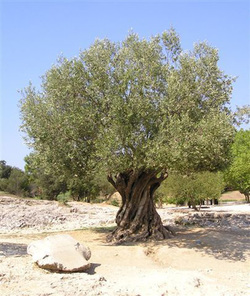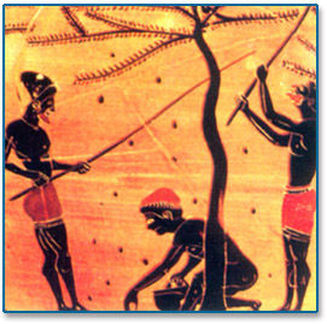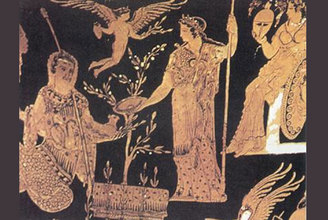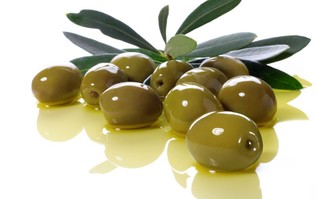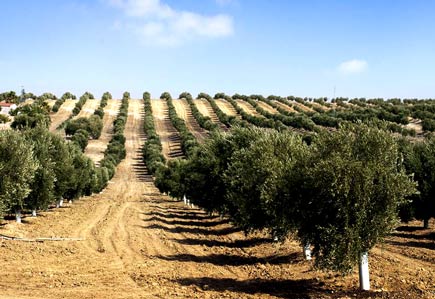|
Olea Europaea in Latin…
The Mediterranean evergreen tree with silvery green leaves and white feathery flowers. Symbol of health, symbol of peace, symbol for freedom, symbol for faith, symbol for everything that matters for humankind without a change for 7000 years… Where does she live? In the Mediterranean, all around Mediterranean, only in Mediterranean… For thousands of years… Namely, Spain, Italy, Turkey, Greece, France, Algeria, Morocco, Tunisia, Syria, Cyprus, Malta, Croatia, Albania, Egypt, Iran, Iraq, Israel, Jordan, Palestine, Lebanon, and Saudi Arabia.
There are efforts to introduce this awesome plant to new lands, lately. Now there are olive trees in Australia, California, and some other places where she agrees to spread roots. |
|
The origins goes back to 6,000 – 7,000 years ago in the region corresponding to ancient Persia and Mesopotamia. It is an amazing fact that one olive tree can live and still be fruitful for over 2000 years. One should be really strong, patient and versatile to live through all kinds of catastrophes and still be alive…
Well, the olive tree is very hardy: drought-, disease- and fire-resistant. Her root system is robust and capable of regenerating even if the above-ground structure is destroyed. The older she gets, the broader and more gnarled her body becomes. But do not be mistaken! Age only brings more and more beauty to her. The crop from old trees is sometimes enormous, but they seldom bear well two years in succession, and in many cases a large harvest occurs every sixth or seventh season. Old tree needs her rest; but once decides to produce, she bears the most beautiful olives with her wisdom. Surprisingly, olive tree does not ask for much. She can live happily on calcareous soils, flourishing best on limestone slopes and crags, and coastal climate conditions. She can actually grow in any light soil, even on clay if well drained. In rich soils she is predisposed to disease and produce poorer oil than in poorer soil. Olives not only survive, but prefer hot weather, sunny positions and less water. They tolerate drought well, thanks to their sturdy and extensive root system. |
|
It was estimated that there were about 865 million olive trees in the world as of 2005. This is over 10 million hectares planted, which is more than twice the amount of land devoted to apples, bananas or mangoes...
She has some sisters, too; some we are familiar with: lilac, jasmine, forsythia, and fraxinus. People took advantage of this species in many ways throughout the history. The olive tree has been cultivated for olive oil, high quality wood, olive leaf, and the olive fruit. Olive tree parts, and olive oil, with its cholesterol free nature and number of common phenolic compounds, possess positive health effect to the human body. Olive is also a good source of vitamin E. Fine food, fine wood… Miraculous… Isn’t it? |
References The information in this document has been mostly gathered from the following resources: |


